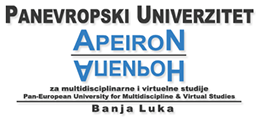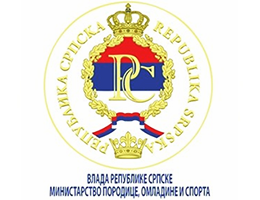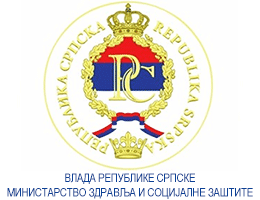Comparative Analysis of the Immunological Status of Soccer Players at Different Levels of Competition
Volume 15, Issue 1 (2025)
Volume 15, Issue 1 (2025)
Comparative Analysis of the Immunological Status of Soccer Players at Different Levels of Competition
Abstract:
The aim of this study was to examine the immune
status of football players at different competition
levels in Bosnia and Herzegovina through the analysis
of key hematological biomarkers. The sample included
59 football players from the first, third, and fifth leagues,
whose immune parameters were analyzed based on
medical records and laboratory findings. The measured
parameters included absolute counts of leukocytes, lymphocytes,
monocytes, neutrophils, eosinophils, and basophils.
The results did not show statistically significant
differences between players from different leagues, although
certain variations in individual biomarkers were
observed. These findings suggest that the competition
level itself is not a key factor in determining the immune
responses of athletes under stable physiological conditions.
It is concluded that further research is needed,
covering different phases of the training cycle, to better
understand the impact of training load and periodization
on the immune status of football players.
Keywords:
immune status, football, leukocytes, hematological biomarkers, competition level
Full Text:
References:
Andersson, H., Bøhn, S. K., Raastad, T., Paulsen, G., Blomhoff, R., & Kadi, F. (2010). Differences in the inflammatory plasma cytokine response
following two elite female soccer games separated by a 72-h recovery. Scandinavian Journal of Medicine & Science in Sports,
20(5), 740-747. https://doi.org/10.1111/j.1600-0838.2009.00989.x
Fernández-Lázaro, D., Mielgo-Ayuso, J., Córdova Martínez, A., & Seco-Calvo, J. (2023). Omega-3 fatty acid supplementation on post-exercise
inflammation, muscle damage, oxidative response, and sports performance in physically healthy adults—A systematic review of randomized
controlled trials. Frontiers in Physiology, 13, 833580. https://doi.org/10.3389/fphys.2022.833580
Ghazzawi, H., Alshuwaier, G. O., Alaqil, A. I., Bursais, A. K., Al-Nuaim, A., Alhaji, J. H., … & Shehadeh, J. H. (2023). Correlation of consumption
of vegetables, fruit, and nuts with body mass index and fat deposition in Saudi elite male soccer players. International Journal
of Human Movement and Sports Sciences, 11(2), 350-359. https://doi.org/10.13189/saj.2023.110212
Mortatti, A. L., Moreira, A., Aoki, M. S., Crewther, B. T., Castagna, C., Arruda, A. F. S. d., … & Dias, M. (2012). Effect of competition on
salivary cortisol, immunoglobulin A, and upper respiratory tract infections in elite young soccer players. Journal of Strength and Conditioning
Research, 26(5), 1396-1401. https://doi.org/10.1519/jsc.0b013e31822e7b63
Nieman, D. C., & Wentz, L. M. (2019). The compelling link between physical activity and the body’s defense system. Journal of Sport and
Health Science, 8(3), 201–217. https://doi.org/10.1016/j.jshs.2018.09.009
Simpson, R. J., Kunz, H., Agha, N., & Graff, R. (2015). Exercise and the regulation of immune functions. Progress in Molecular Biology and
Translational Science, 135, 355–380. https://doi.org/10.1016/bs.pmbts.2015.08.001
Tsubakihara, T., Umeda, T., Takahashi, I., Matsuzaka, M., Iwane, K., Tanaka, M., … & Nakaji, S. (2012). Effects of soccer matches on neutrophil
and lymphocyte functions in female university soccer players. Luminescence, 28(2), 129-135. https://doi.org/10.1002/bio.2351
Walsh, N. P., Gleeson, M., Shephard, R. J., Woods, J. A., Bishop, N. C., Fleshner, M., ... & Simon, P. (2011). Position statement part one: Immune
function and exercise. Exercise Immunology Review, 17, 6–63. https://doi.org/10.1016/j.jshs.2018.09.009
Zbinden-Foncea, H., Francaux, M., Deldicque, L., & Hawley, J. A. (2013). Does high-intensity interval training elicit an acute immune response:
A systematic review and meta-analysis. Sports Medicine, 43(9), 987–1002. https://doi.org/10.1007/s40279-013-0063-4






